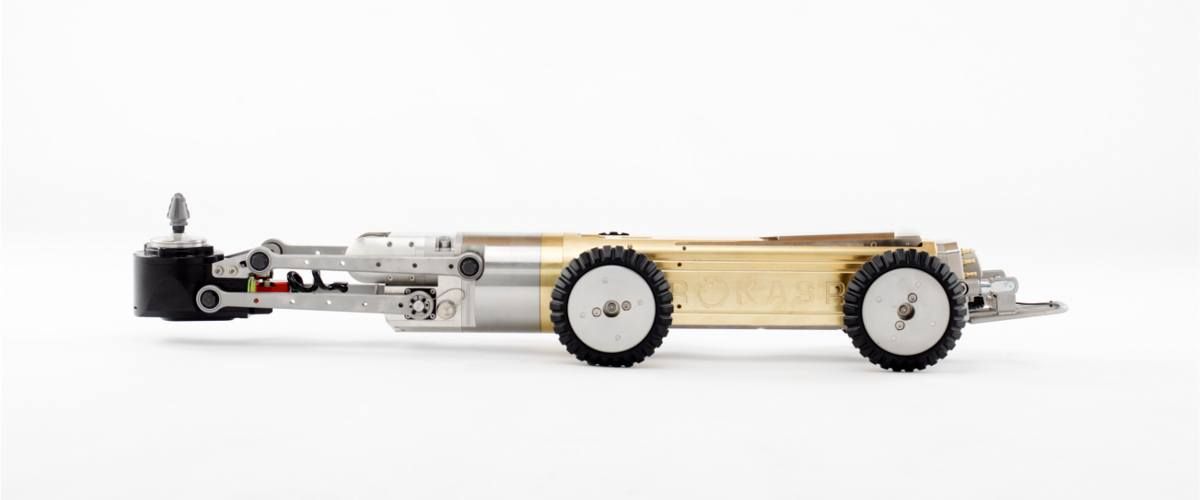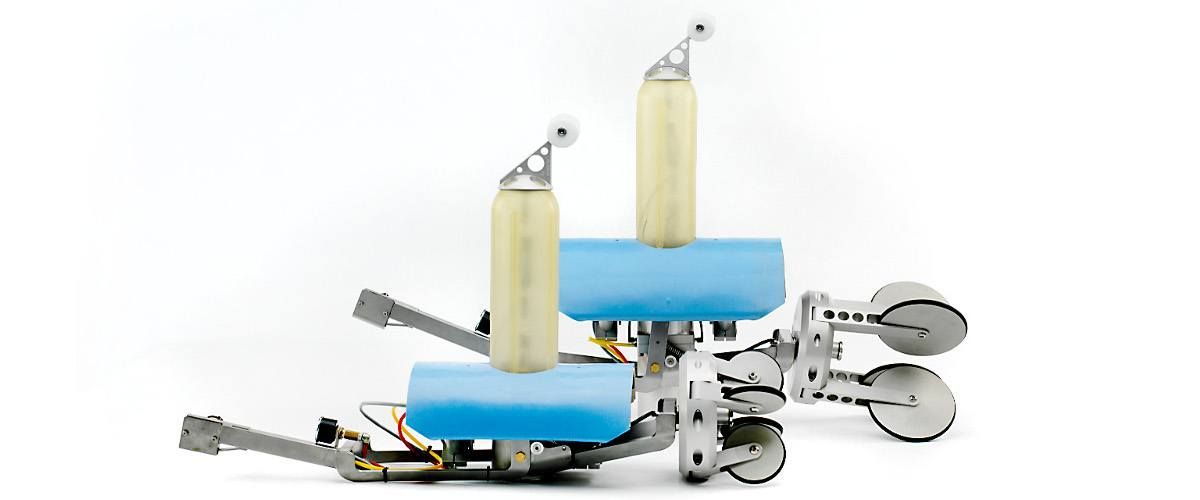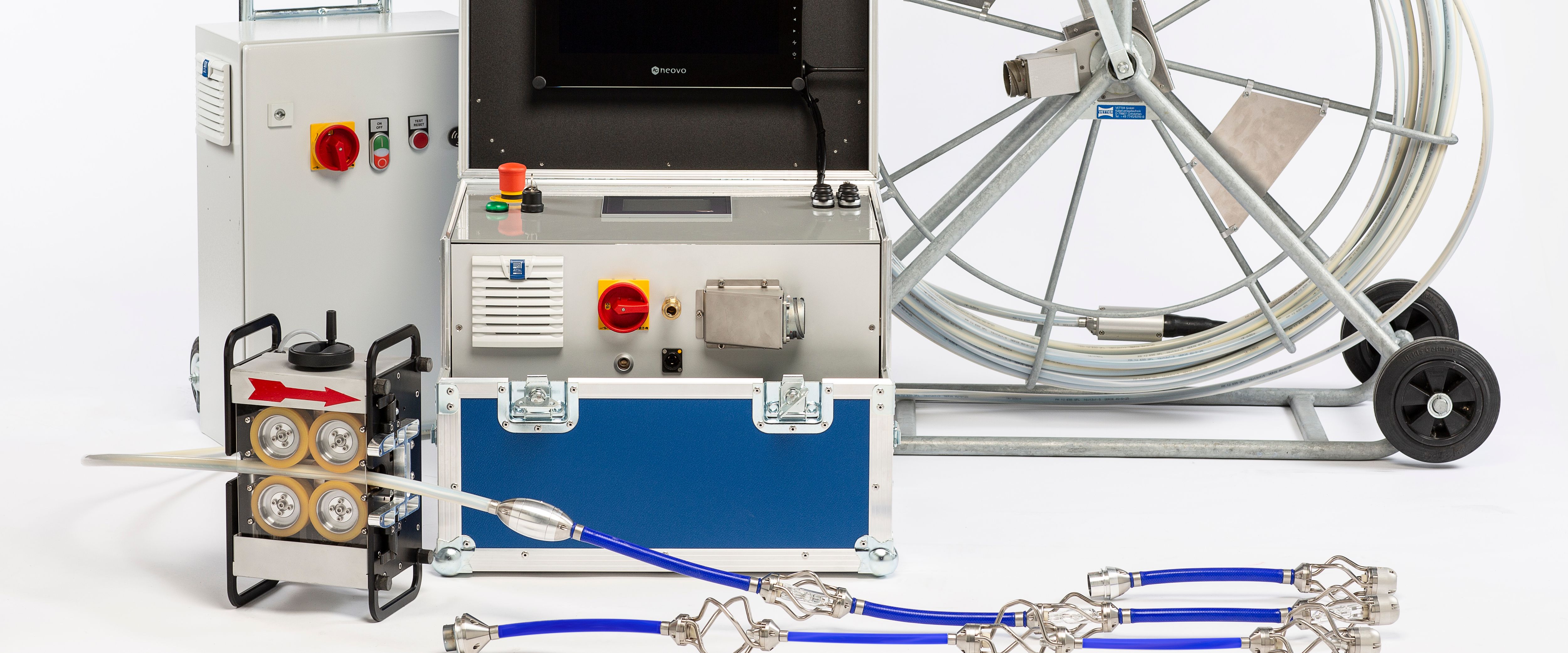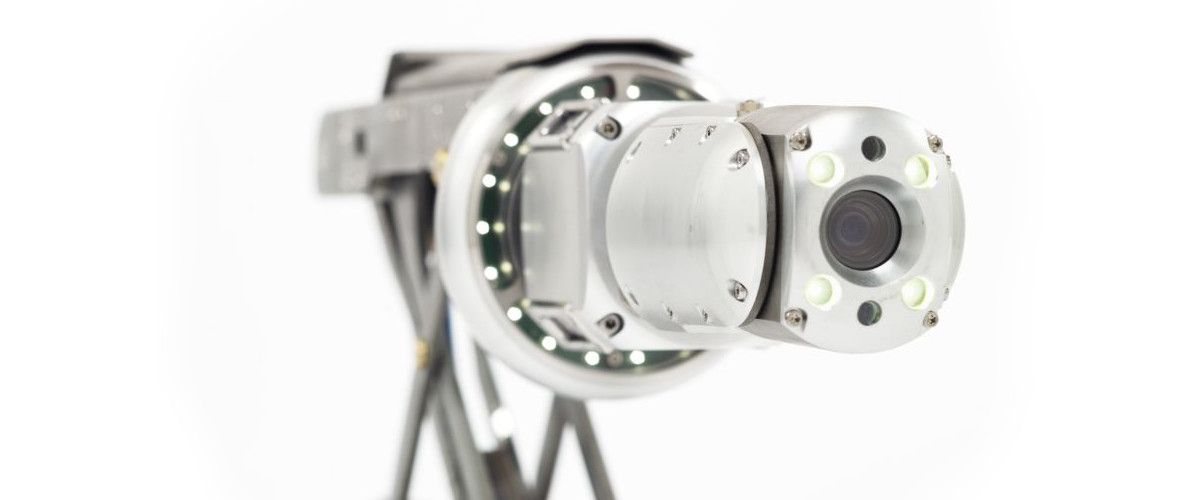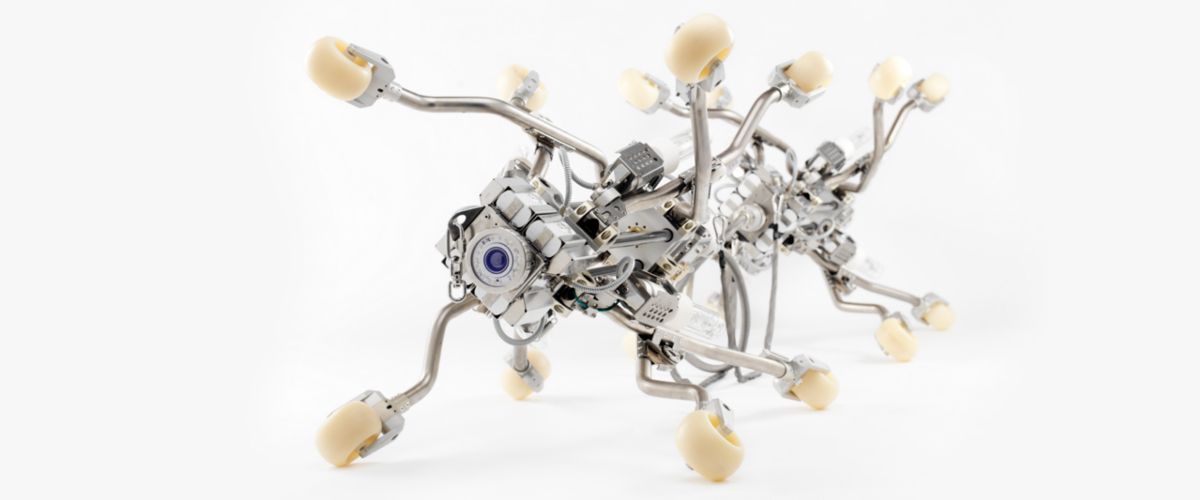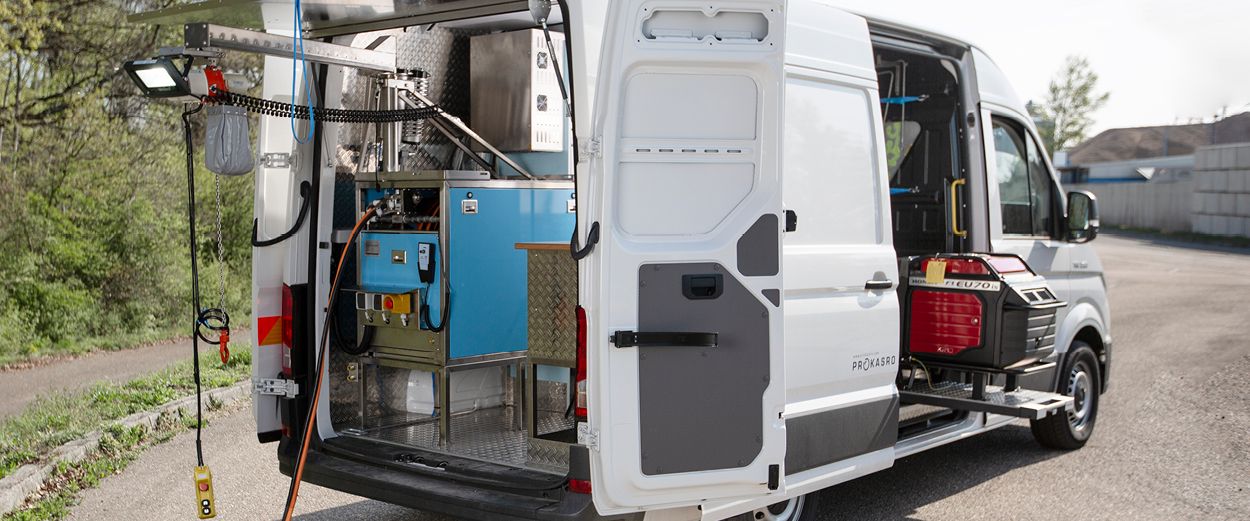Relining gas pipelines with ease
The rehabilitation of 56-year-old main gas pipeline with many welding beads has recently been successfully completed, thanks to careful planning and a healthy dose of teamwork.
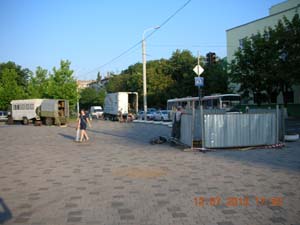 The Ukrainian city Dnepropetrovsk is built mainly upon the both banks of the Dnipro River. Dnepropetrovsk has a population of 1 million people and an area of 400km². As the fourth biggest city in Ukraine the city contributes significantly to the Ukraine’s industrial sector.
The Ukrainian city Dnepropetrovsk is built mainly upon the both banks of the Dnipro River. Dnepropetrovsk has a population of 1 million people and an area of 400km². As the fourth biggest city in Ukraine the city contributes significantly to the Ukraine’s industrial sector.
The gas pipeline began to be rehabilitated began its service life in 1957. The gas pipeline has a total length of 1,205m and a diameter of 500mm. Its steel sections, which measure between 5-5.5m, are connected by 220 welding beads. After a lifetime of over 50 years, where the gas flow could reach up to 90,000m³ per hour, the welding beads had begun to expand more each year, and had therefore became a huge problem for safeguarding surrounding infrastructure.
The plan for rehabilitation was divided into five stages. Technology for the refurbishment was selected after the different trenchless gas pipeline rehabilitation options were studied. After the completion of the project planning process, the team began CCTV inspection of the pipeline. Analysis of the damage highlighted the technical constraints and requirements.
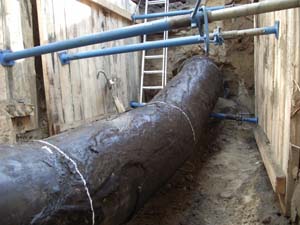 The chief specialists and the engineers of PAO DneproGas decided to reconstruct the gas pipeline. The majority of the pipeline, a section of 1,137m, was rehabilitated with the Primus Line relining system. This use of this Trenchless Technology was favored as it would mitigate the traffic problems and environmental damage that can occur with an open-cut replacement. This marked the first use of Primus Line in the Ukraine for a pipeline reconstruction. The remaining section of the pipeline, which measured 68m, was rehabilitated by the open-cut method.
The chief specialists and the engineers of PAO DneproGas decided to reconstruct the gas pipeline. The majority of the pipeline, a section of 1,137m, was rehabilitated with the Primus Line relining system. This use of this Trenchless Technology was favored as it would mitigate the traffic problems and environmental damage that can occur with an open-cut replacement. This marked the first use of Primus Line in the Ukraine for a pipeline reconstruction. The remaining section of the pipeline, which measured 68m, was rehabilitated by the open-cut method.
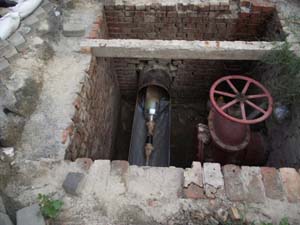 For the installation of Primus Line, the internal walls of the pipe needed to be smooth and void of sharp edges. However, the current steel gas pipeline was made of single steel pieces of 5-5.5m, which were connected through inside steel coupling rings with a height of 7-12mm (thickness) and a width of 35-45mm. In total there were about 220 of these welding beads, which posed obstacles. Additionally, numerous other sharp objects, like pieces of welded armature and bolts, were also present and posed a problem. This work was completed by use of a ProKASRO working robot, KASRO 3.6, by operators from contractor company DneprRemont.
For the installation of Primus Line, the internal walls of the pipe needed to be smooth and void of sharp edges. However, the current steel gas pipeline was made of single steel pieces of 5-5.5m, which were connected through inside steel coupling rings with a height of 7-12mm (thickness) and a width of 35-45mm. In total there were about 220 of these welding beads, which posed obstacles. Additionally, numerous other sharp objects, like pieces of welded armature and bolts, were also present and posed a problem. This work was completed by use of a ProKASRO working robot, KASRO 3.6, by operators from contractor company DneprRemont.
The KASRO working robot 3.6 is driven by a powerful self-propelled unit. The KASRO 3.6 is driven by four electric motors, one for every axis. They create a high traction force within the pipe. The robot can also be mounted to the pipe wall by using air pads. This gives an optimal force for precise milling works.
The PAO DneproGas and DneprRemont companies came together and formed such a talented team that the challenges of the welding beads were overcome with ease.
The detailed project planning undertaken before the project commenced was also important to the success of this project.
